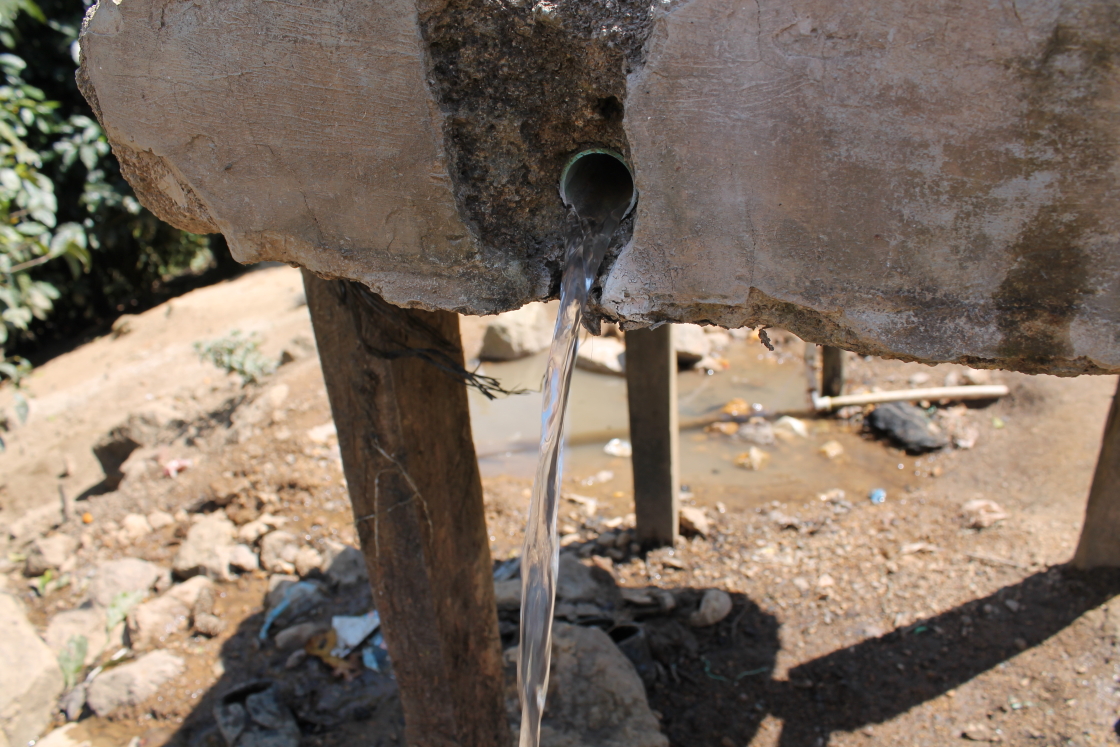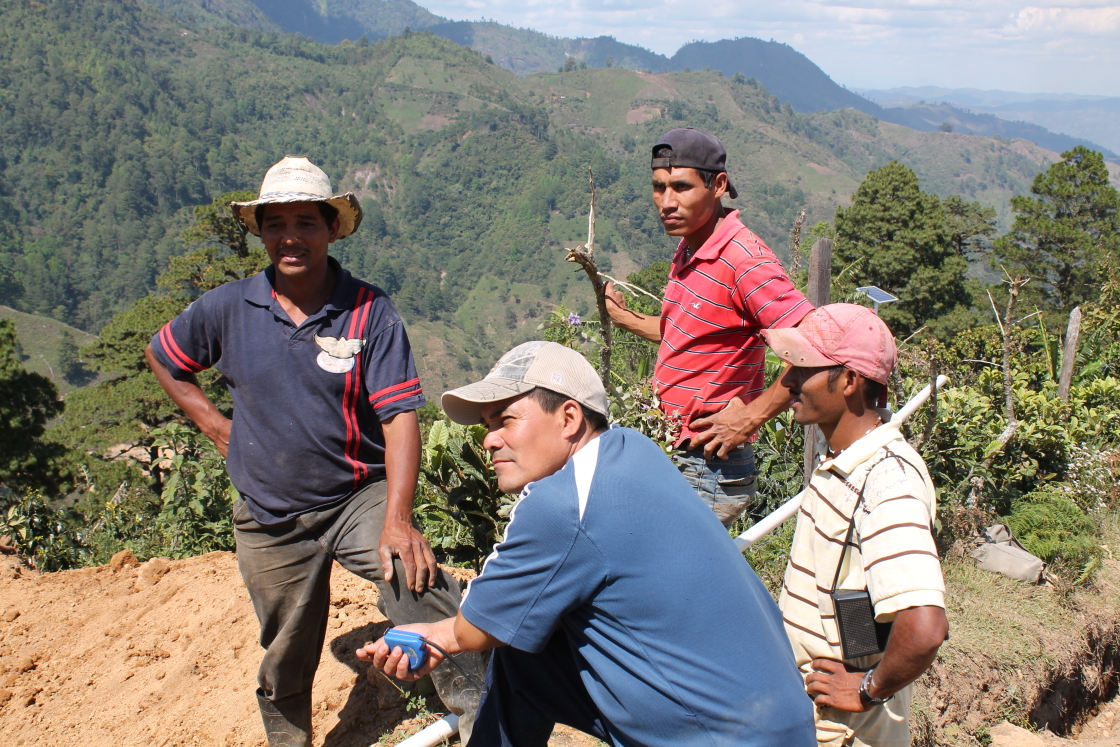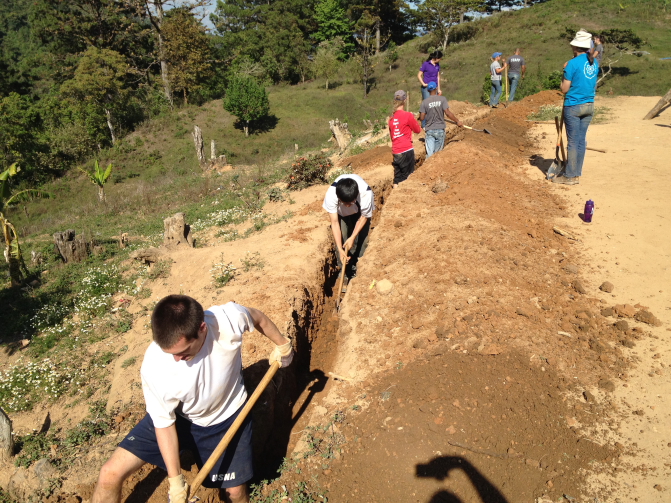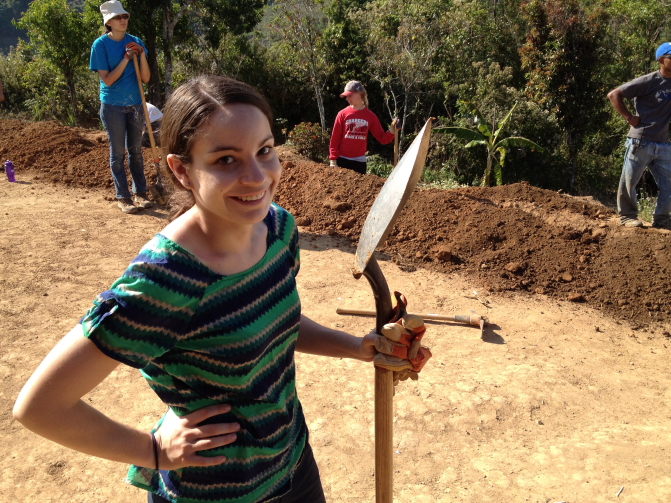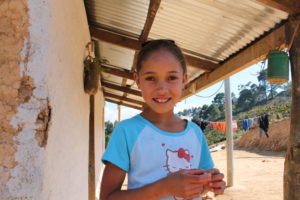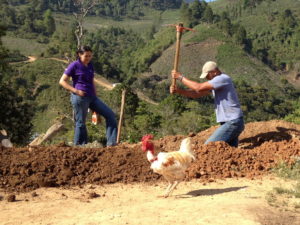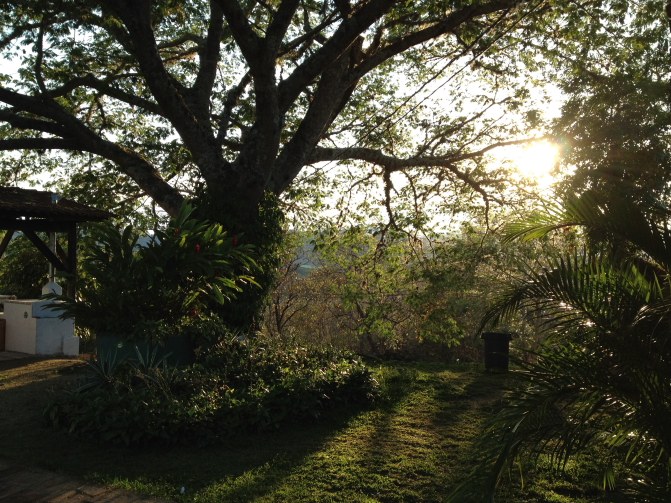…or, How To Survive The Rough Roads Of Honduras.
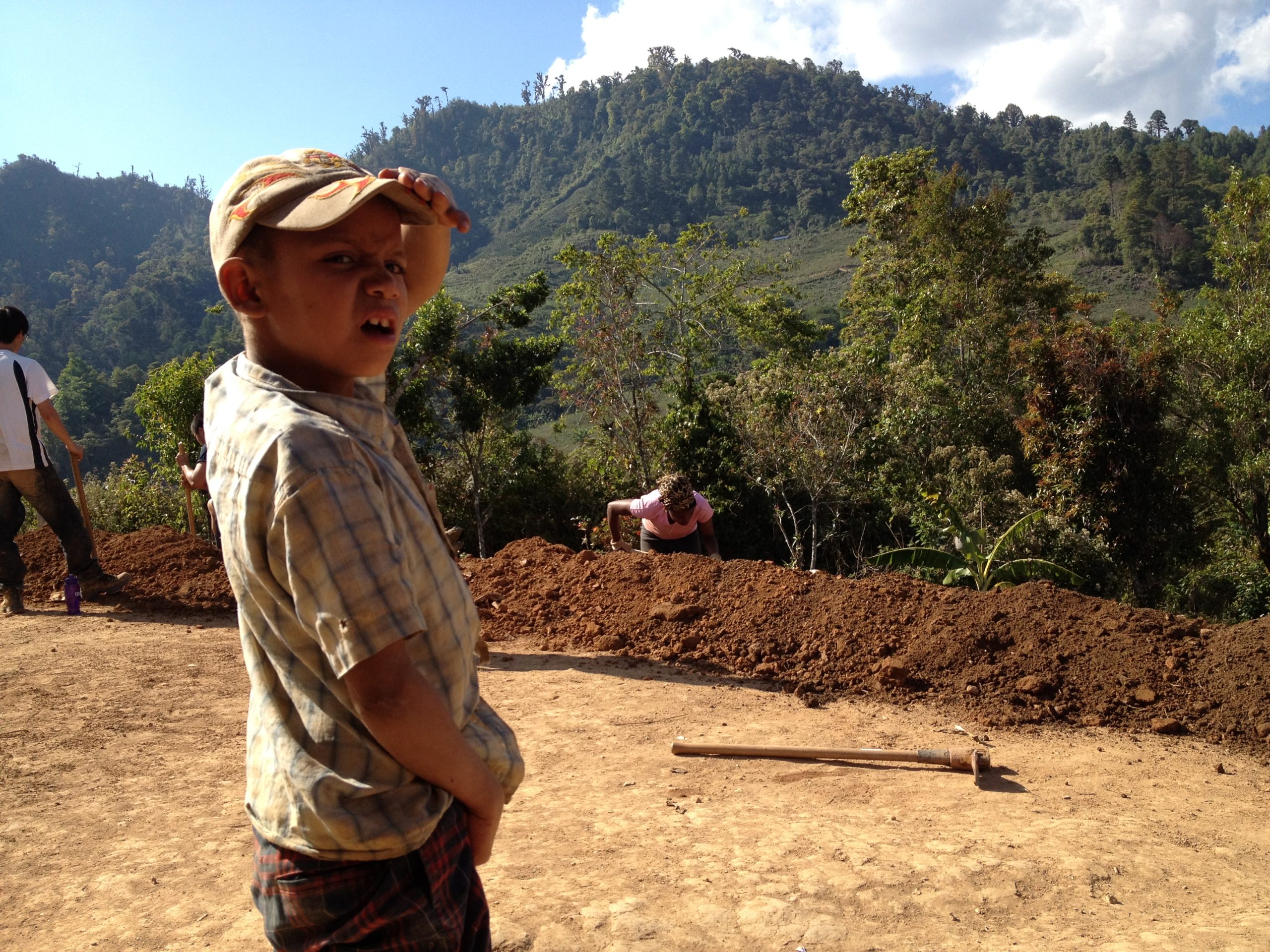 I think we’re still vibrating from the bone-rattling trip Saturday up into the mountains of this part of southeast Honduras. We were in a 4×4, but that doesn’t make the jostling any less, it just means you’ll make it to the top. You hope. We’re just lucky it’s the dry season here.
I think we’re still vibrating from the bone-rattling trip Saturday up into the mountains of this part of southeast Honduras. We were in a 4×4, but that doesn’t make the jostling any less, it just means you’ll make it to the top. You hope. We’re just lucky it’s the dry season here.
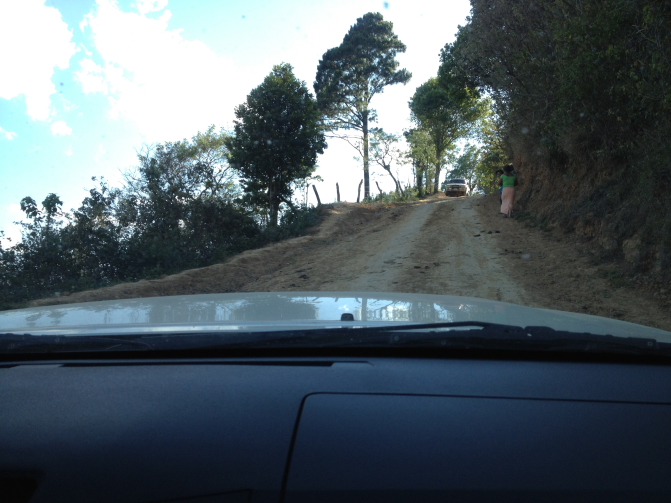 We woke Saturday morning with the plan to head out and up into some communities that are very difficult to access, either by vehicle, burro or on foot.
We woke Saturday morning with the plan to head out and up into some communities that are very difficult to access, either by vehicle, burro or on foot.
After a hearty breakfast, we loaded into a Toyota Hilux pick-up truck, 4-wheel drive of course, and left the Rapaco compound, bound for an area that Global Brigades has implemented what they call their holistic model. This is where they put into practice all of the separate Brigade they run: Medical, Dental, Architecture, Water, MicroFinance and more. Go here to learn more about GB’s overall mission.
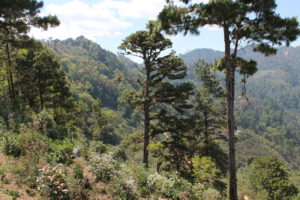 And so we started up. And up. And up. Though Honduras has a long Caribbean coastline, the interior is mostly highlands: wide valleys and mountains reaching in excess of 6,000 feet in elevation. And these mountains are steep, jagged and rugged. Driving up the rocky roads you may feel as if you’re in the Rockies of the Southwestern US for all the pine trees and blue skies and chest heaving elevation.
And so we started up. And up. And up. Though Honduras has a long Caribbean coastline, the interior is mostly highlands: wide valleys and mountains reaching in excess of 6,000 feet in elevation. And these mountains are steep, jagged and rugged. Driving up the rocky roads you may feel as if you’re in the Rockies of the Southwestern US for all the pine trees and blue skies and chest heaving elevation.
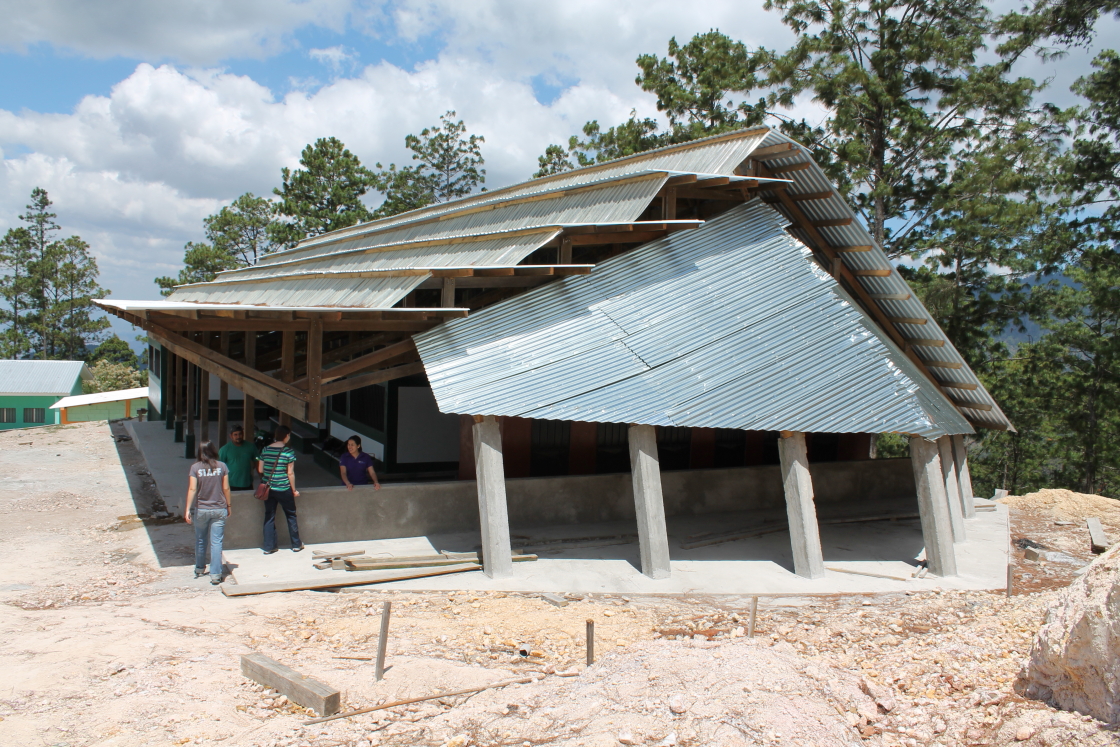
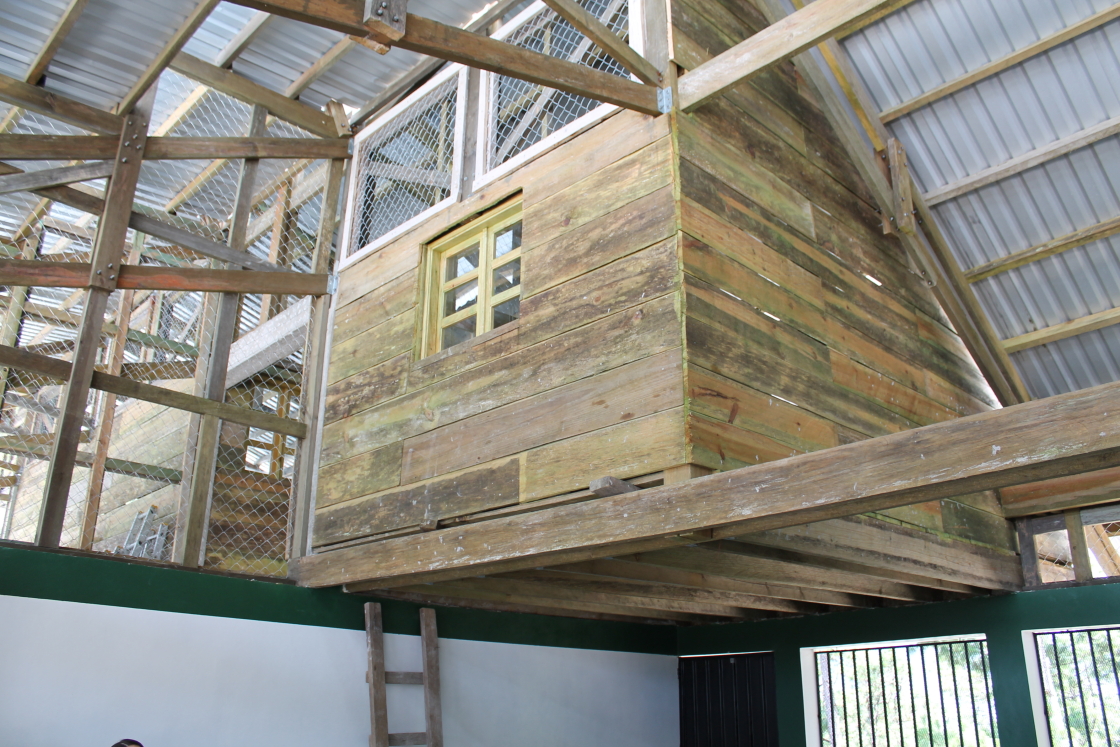 The first community we stopped in, after crossing two rivers (again thankfully it’s the dry season), was Zurzular. Here, Global Brigades operates a clinic and is just finishing construction on a pretty cool looking school designed by their Architecture Brigades.
The first community we stopped in, after crossing two rivers (again thankfully it’s the dry season), was Zurzular. Here, Global Brigades operates a clinic and is just finishing construction on a pretty cool looking school designed by their Architecture Brigades.
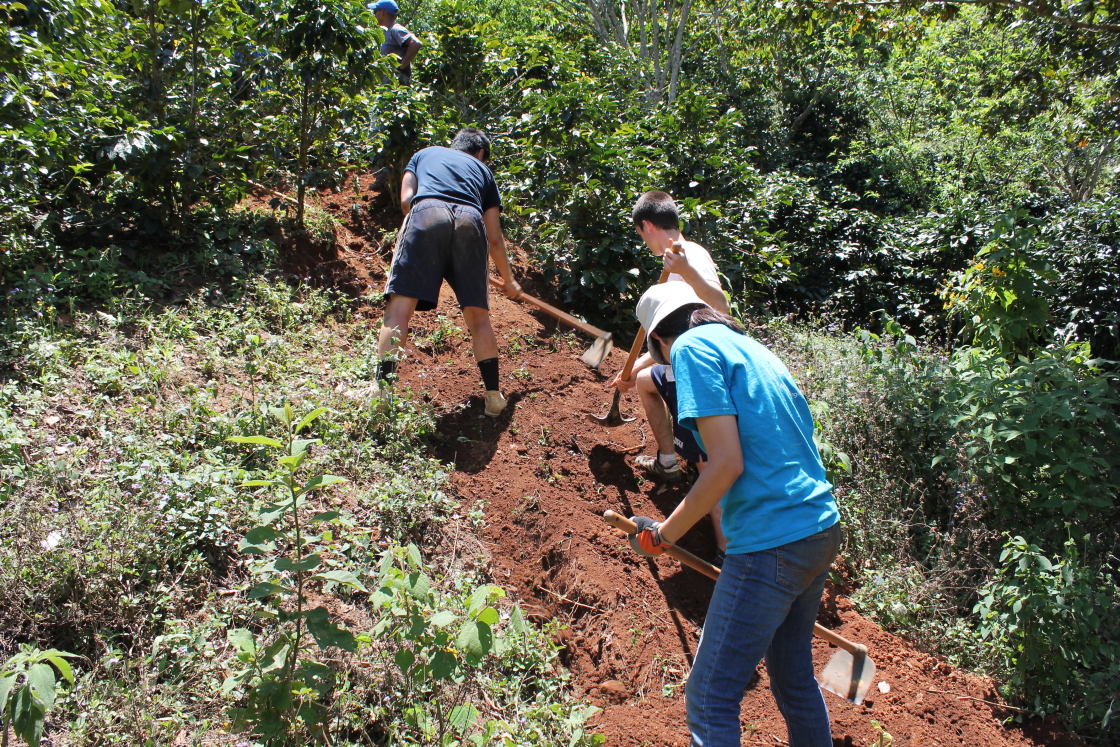 From there we went even higher up to the village of Palo Verde. This is where we met up with a Water Brigade, college students from Northwestern University, busy digging a trench through a coffee plant plot perched on a steep mountainside.
From there we went even higher up to the village of Palo Verde. This is where we met up with a Water Brigade, college students from Northwestern University, busy digging a trench through a coffee plant plot perched on a steep mountainside.
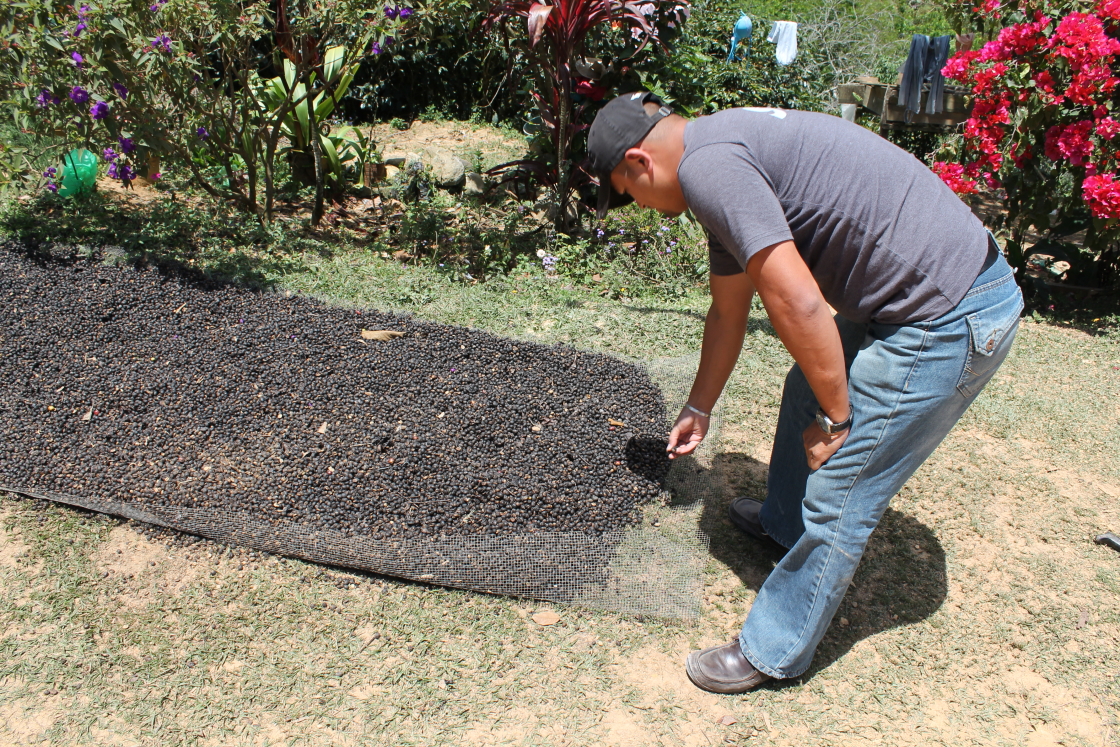
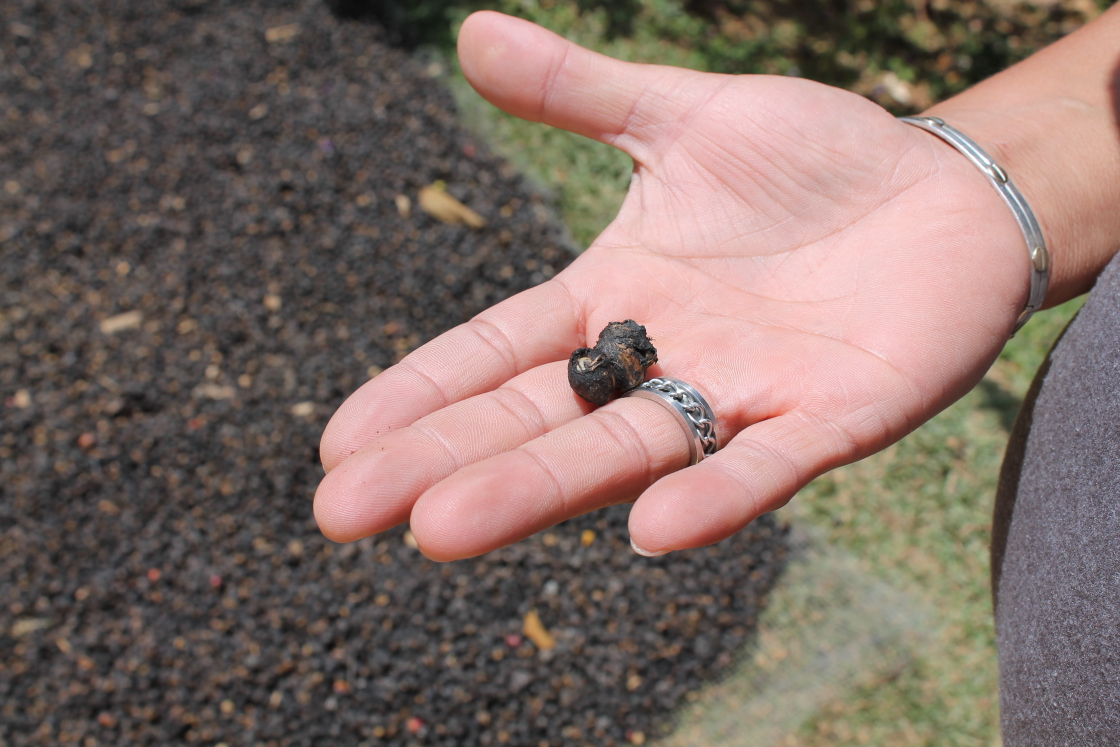 There are many acres of coffee plants in the higher elevations of these mountains. And most of the people living in these remote villages are way out here to cultivate and harvest the coffee bean. And due mostly to the remoteness, these villages don’t have, or haven’t had until GB’s efforts, access to clean water or adequate medical care.
There are many acres of coffee plants in the higher elevations of these mountains. And most of the people living in these remote villages are way out here to cultivate and harvest the coffee bean. And due mostly to the remoteness, these villages don’t have, or haven’t had until GB’s efforts, access to clean water or adequate medical care.
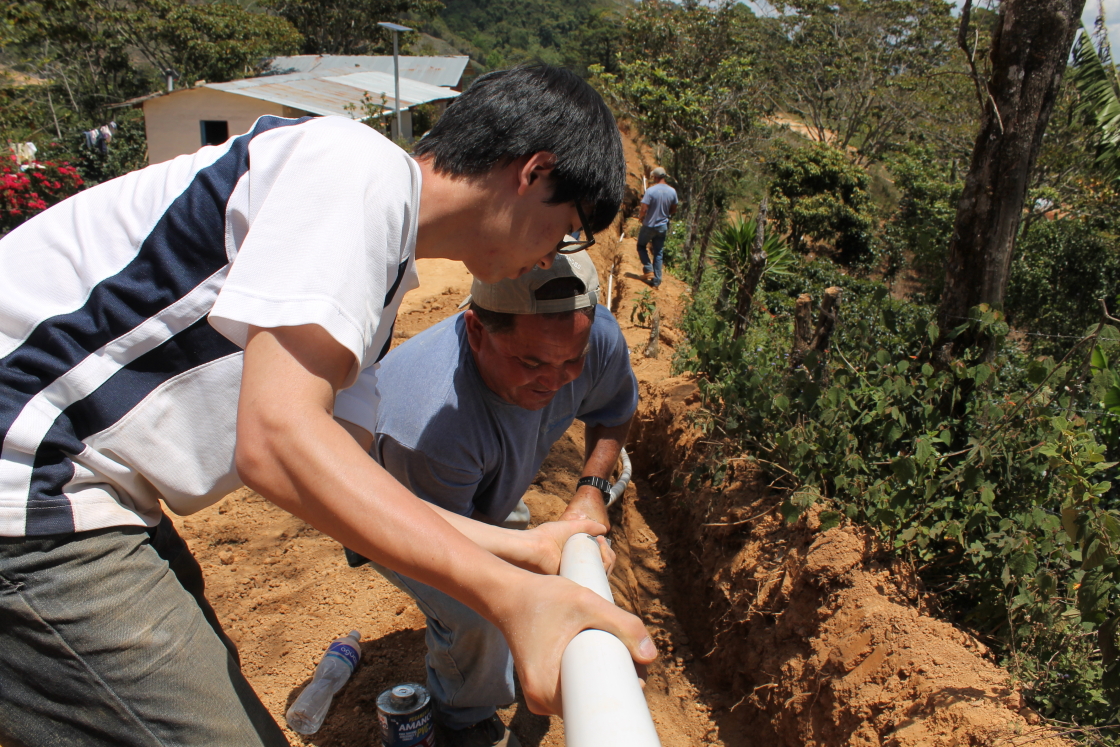 The Water Brigade we fell in with was busy laying 6 kilometers (3.6 miles) of PVC pipe from a natural spring and stream higher up in the mountains. We hiked into the dense forest, down a steep slope, slick with mud, to see the source and how the water is collected and sent down the pipes to houses miles away.
The Water Brigade we fell in with was busy laying 6 kilometers (3.6 miles) of PVC pipe from a natural spring and stream higher up in the mountains. We hiked into the dense forest, down a steep slope, slick with mud, to see the source and how the water is collected and sent down the pipes to houses miles away.
We made the thigh-burning climb to get back to our truck and then drove to the village of Bella Vista. Here, houses are already connected to the system, and clean treated water now flows through their pipes. It’s not about convenience or luxury, but rather that first line of health defense.
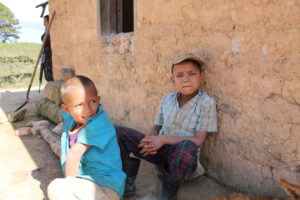
To cap off the day, we drove back down to Palo Verde and assisted the Water Brigade dig a 100 foot-long trench down to knee depth. Good hard work, which the children and the chickens enjoyed watching.
It was quite the day.
Now, our attention turns to the Medical Brigades that have begun to arrive from stateside, and the deployment of the Ready Relief Boxes.
DW HHI — Posted From Rapaco Hacienda, Honduras

